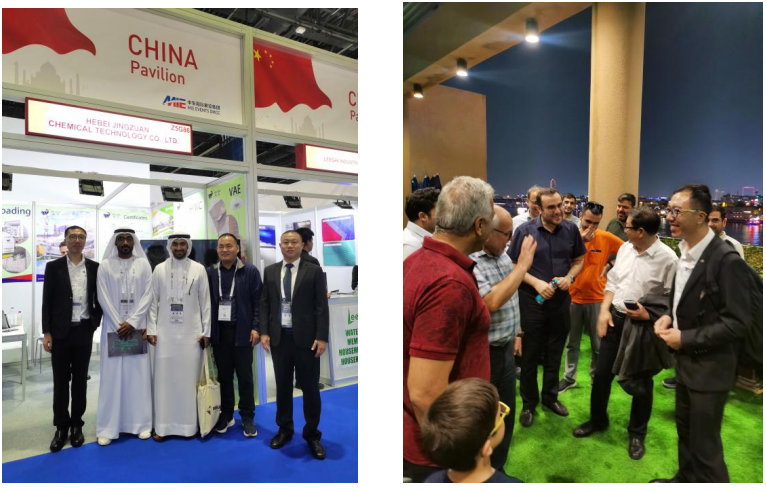
Қар . 14, 2024 14:49 Back to list
hpmc viscosity
Understanding HPMC Viscosity An Overview
Hydroxypropyl Methylcellulose (HPMC) is a widely used cellulose derivative in various industries, including pharmaceuticals, construction, food, and cosmetics. One of the critical properties of HPMC that determine its functionality in these applications is its viscosity. Viscosity refers to the thickness and resistance to flow of a fluid, and in the context of HPMC, it plays a vital role in dictating how the substance interacts with other materials and behaves under different conditions.
The Importance of Viscosity in HPMC Applications
In the pharmaceutical industry, HPMC serves as a binder, thickener, and film-forming agent in drug formulations. Its viscosity is crucial as it influences drug solubility, absorption rates, and release profiles. For instance, higher viscosity grades of HPMC can create a more gel-like consistency that slows down the release of active ingredients, thereby providing prolonged therapeutic effects. This controlled release is particularly beneficial in developing sustained-release formulations, where a gradual release of medication is needed over an extended period.
In the construction sector, HPMC is an essential additive in cement-based products such as mortars and plasters. The viscosity of HPMC improves workability, water retention, and adhesion properties, ensuring that construction materials have the desired performance characteristics. A higher viscosity HPMC can enhance the application properties of these materials, allowing for easier mixing and application, and reducing the risk of segregation.
Factors Influencing HPMC Viscosity
hpmc viscosity

The viscosity of HPMC can be influenced by several factors, including its concentration in the solution, the degree of substitution of the hydroxyl groups, temperature, and pH levels. Generally, as the concentration of HPMC increases, the viscosity of the solution also increases due to more significant entanglement of polymer chains. The degree of substitution refers to the extent to which the hydroxyl groups in cellulose are replaced with hydroxypropyl and methyl groups. This substitution affects solubility and viscosity, with higher substitution levels often resulting in greater viscosity due to increased hydrophobic interactions.
Temperature also plays a significant role in viscosity. Typically, as temperature increases, viscosity decreases, which is a common characteristic of most polymer solutions. Additionally, pH can alter the ionization state of the groups within the HPMC polymer structure, which can affect the viscosity. Understanding these factors is crucial for formulating products that require specific viscosities tailored to particular applications.
Measuring HPMC Viscosity
To utilize HPMC effectively in formulations, it is essential to accurately measure its viscosity. Various methods are employed, including rotational viscometers and capillary viscometers. Rotational viscometers measure the resistance of a fluid to flow under an applied torque, providing a direct assessment of viscosity. In contrast, capillary viscometers assess the time taken by a fluid to flow through a narrow tube, correlating this time with the fluid’s viscosity.
Conclusion
HPMC viscosity is a fundamental parameter that impacts its performance across numerous applications. From enhancing the bioavailability of pharmaceuticals to improving the workability of construction materials, understanding and controlling HPMC viscosity is essential for achieving desired outcomes. By exploring the intricate relationships between concentration, molecular structure, temperature, and pH, formulators can create tailored products that meet the specific needs of various industries. As HPMC continues to find new applications, ongoing research into its viscosity characteristics will be critical in optimizing its use and discovering innovative solutions across different sectors.
-
Versatile Hpmc Uses in Different Industries
NewsJun.19,2025
-
Redispersible Powder's Role in Enhancing Durability of Construction Products
NewsJun.19,2025
-
Hydroxyethyl Cellulose Applications Driving Green Industrial Processes
NewsJun.19,2025
-
Exploring Different Redispersible Polymer Powder
NewsJun.19,2025
-
Choosing the Right Mortar Bonding Agent
NewsJun.19,2025
-
Applications and Significance of China Hpmc in Modern Industries
NewsJun.19,2025







